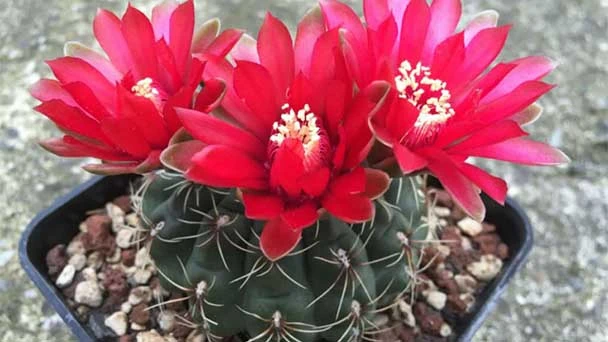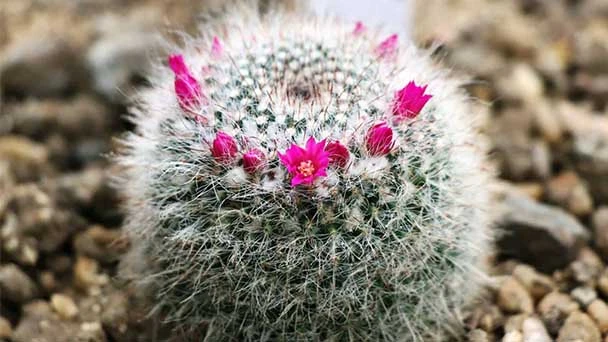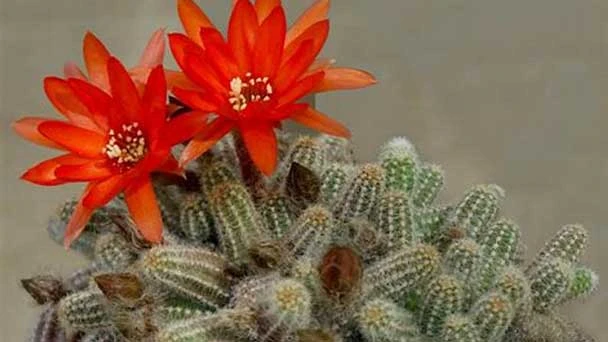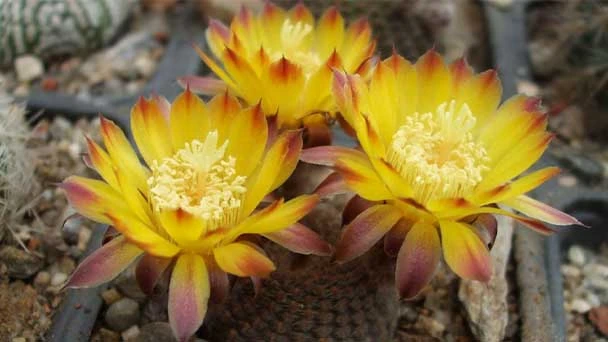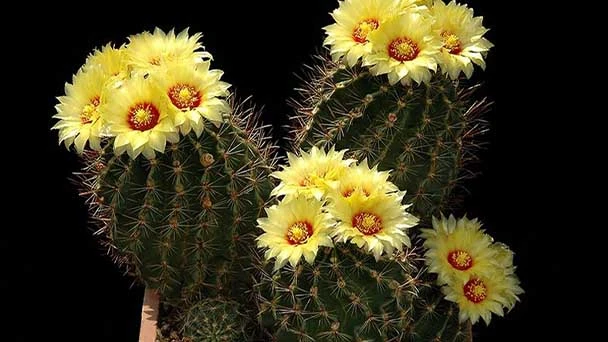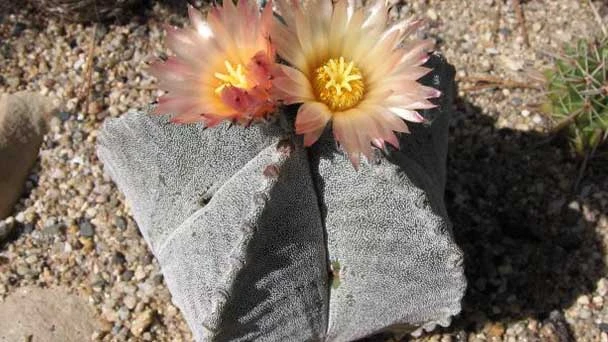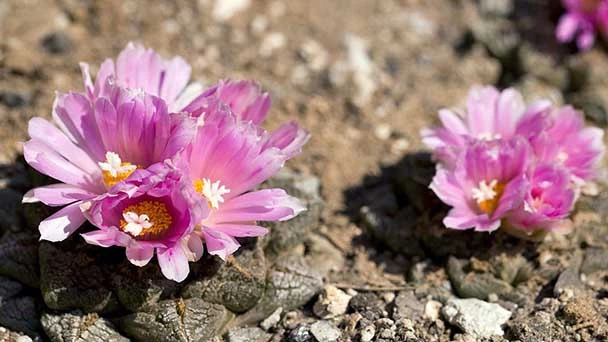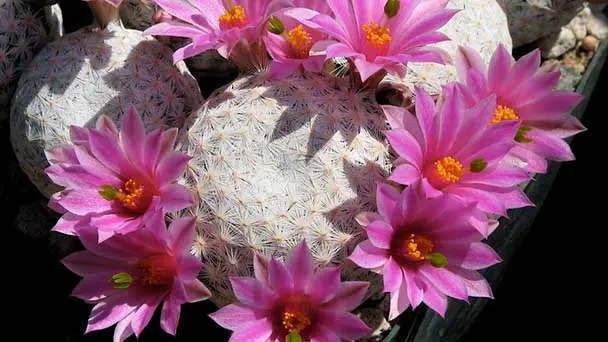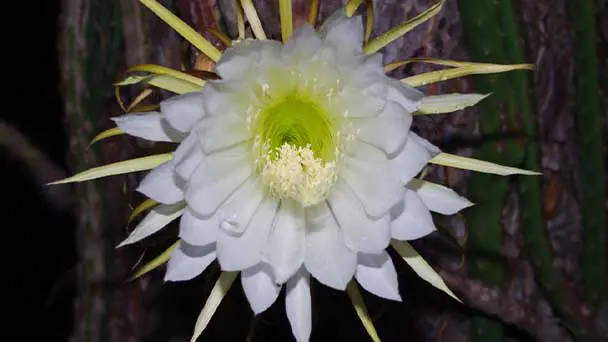8 Kinds of Night Blooming Cereus
Written by Ivy
Nov 15 2021
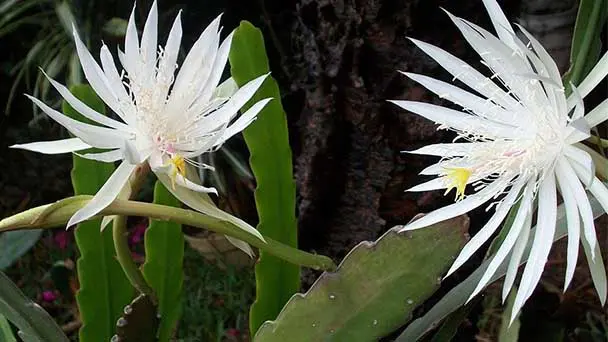
Do you want to know what night blooming cereus are? In many people's impression, cereus plants are covered with thorns and basically do not bloom. In fact, some cereus are particularly easy to bloom at night, and the flowering is very amazing. Let's take a look at them together!
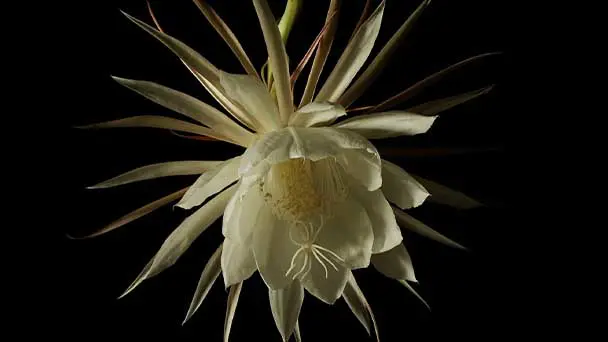
In order to take care of this night blooming cereus, we should ensure sufficient light. There should be 6 ~ 8 hours of light every day. In a dark environment, the branches and leaves will grow in vain and can not bloom normally. If the light is strong in summer, the light time can be appropriately shortened, and shading treatment can be carried out when necessary to ensure robust growth. Proper blackout treatment can avoid direct light irradiation at night, which is also a trick to promote the flowering of this night blooming cereus. The environment shall be well ventilated, and the humidity shall not be higher than 50%. It shall not be too wet, which will affect the growth. Basin soil has good drainage, and perlite or coarse sand can be added. Meeting the environmental conditions of this night blooming cereus is the basic point of flowering.
This night blooming cereus has strong roots and the basin soil is kept dry, so it can grow well without frequent watering. During hibernation in winter, ensure that the temperature is above 5 degrees to avoid frostbite. Control the temperature difference, and the temperature difference shall not exceed 15 degrees. If the temperature is lower than 15 ℃, reduce watering or even no watering. Watering will increase the burden of roots and cause rhizome rot.
During the vigorous growth period of this night blooming cereus in spring and summer, phosphorus and potassium fertilizer is applied about once a half month. The fertilizer with thin concentration does not need to be too frequent to meet the basic growth needs and promote robust growth. The leaves are fat and big.
In addition, the lateral buds of this night blooming cereus should be treated regularly and do not grow all over the basin, otherwise the insufficient space and excessive consumption of nutrients will directly affect the flowering, so we should break some of the lateral buds appropriately or directly separate them for cutting.

1. Gymnocalycium Baldianum2. Mammillaria Hahniana3. Echinopsis Chamaecereus4. Echinopsis Famatimensis5. Thelocactus Setispinus6. Astrophytum Myriostigma Lem7. Ariocarpus Aselliformis8. Mammillaria HerreraeNight blooming cereus flowering tips
1. Gymnocalycium Baldianum
Gymnocalycium baldianum is a flowering machine in cactus. If it is given appropriate light and temperature, this night blooming cereus can bloom all year round. On the jade like round bulb, there are several edges evenly from the top of the neck to the base, like the longitude line on the globe. On each edge, there are clusters of small thorns like steel needles. When flowering, the green bulbs are full of attractive flowers, beautiful colors, brilliant beauty and blurred beauty. Although this night blooming cereus does not have an accurate flowering period, may should be a special period. At this time, this night blooming cereus began to show signs of flowering. It is said that some well maintained flower friends can see the blooming of gymnocalycium baldianum in three seasons of the year. If you have to set a flowering date, it is possible for this plant to bloom from May to November of the year. The flowers of this night blooming cereus are clustered together, but a single flower only opens for two or three days.2. Mammillaria Hahniana
Mammillaria Hahniana's sphere is particularly round, and the outside of the whole sphere is covered with a layer of white fluff, which makes people like it. This night blooming cereus blooms in spring, summer and autumn. Peach small bell shaped flowers open in circles around the ball. Although the flowers are small, there are too many flowers. It can open dozens of flowers at the same time. It seems that it is chic and interesting to wear a certain flower hat. Mammillaria hahniana needs more watering during growth to keep the soil moist. The watering is generally dry and thorough. During the growth period, water once or twice a month. Winter is the dormancy period. Reduce watering and keep the basin soil dry. Pay attention not to water the ball as much as possible. Mammillilaria hahniana likes to apply light fertilizer. It doesn't need too much fertilizer. It can be diluted liquid fertilizer 2-3 times a month. Topdressing is mainly topdressing phosphorus and potassium fertilizer. Every spring, we can apply some bone meal to this night blooming cereus, and stop fertilization in winter.3. Echinopsis Chamaecereus
The branches of Echinopsis Chamaecereus grow small and grow small white soft thorns on its stems. These soft thorns usually don't hurt us. If properly maintained, they can produce bright orange flowers. This night blooming cereus still has a large number of flowers and is very ornamental. It usually blooms in spring and summer, and the flowers will be distributed along the stems, Ornamental is particularly good. If you want this night blooming cereus to blossom, you should create a dormant process for him and let him work for a long time. This is a prerequisite for his flowering. The simplest way is to raise it in the north and put it in an environment with a temperature of 0 ~ 5 degrees. Without watering, he can come out and blossom. Another is to have sufficient light. If this night blooming cereus wants to bloom, the light must be sufficient. Even if the branches are red, there will be no problem. When the temperature rises, pour water, and then this night blooming cereus can grow flower buds to bloom, and it is possible to have dozens of flowers on each branch.4. Echinopsis Famatimensis
Echinopsis famatimensis a cactus plant belonging to the genus Corydalis. This night blooming cereus is a special cactus. The plant is relatively low. It is a small cactus plant and will bloom in early summer. The petals of this night blooming cereus are dark brown and the stamens are yellow. For this Echinopsis Famatimensis to blossom, the light must be sufficient. Give him plenty of light every day throughout the year. Even if he is exposed to the hot sun in summer, he should be exposed to the sun. At this time, some people will say that the sun at noon in summer is very poisonous. Can I sun it directly? Of course, it is possible. The premise is that we should give this echinopsis famatimensis sufficient water. If he is short of water and exposed to the sun again, he will only be killed by the sun.5. Thelocactus Setispinus
Thelocactus Setispinus is the most common variety of cactus. Because its grain is not straight up and down, but spiral, it is also called left-right rotation. The vitality of this night blooming cereus is very tenacious. If the temperature is appropriate, it can grow normally all year round. The well raised Dragon King ball will produce a large number of flowers every spring. The color is yellow, and the stamens are red. At the end of the flowering period, it can also produce red fruits, which are their seeds.6. Astrophytum Myriostigma Lem
Astrophytum myriostigma Lem is a succulent plant belonging to the planetary genus of cactus family. It is native to central and northern Mexico. It is famous for its strange shapes. Its plant type is spherical, basically solitary, and its surface is mostly covered with small punctate white fluff. At the same time, this night blooming cereus has 3-5 edges with thorny seats but no thorns, The plant will open chrysanthemum like funnel-shaped orange yellow flowers at the top of the stem, which is very fresh and elegant.7. Ariocarpus Aselliformis
Ariocarpus Aselliformis is a kind of cactus that grows very slowly. It may not grow 1 cm a year. Moreover, the thorn seat is fleshy and just looks like a thorn. This night blooming cereus usually blooms from February to October. The flowers are purple and only 2-3cm in diameter. It is relatively small. It usually blooms at the top of the sphere.8. Mammillaria Herrerae
Mamillaria Herrerae belongs to the cactus of mastoidea. Its sphere is particularly round and hairy. The whole sphere is white and the hairy thorns will not prick people at all. This night-blooming cereus also has particularly beautiful flowers. Each flower will be larger than the cactus. It is very interesting to bloom like several flowers lying on a small snowball.Night blooming cereus flowering tips
Not all cactus are easy to blossom. Plant varieties that are easy to blossom first. We can choose several night blooming cereus varieties I introduced above.In order to take care of this night blooming cereus, we should ensure sufficient light. There should be 6 ~ 8 hours of light every day. In a dark environment, the branches and leaves will grow in vain and can not bloom normally. If the light is strong in summer, the light time can be appropriately shortened, and shading treatment can be carried out when necessary to ensure robust growth. Proper blackout treatment can avoid direct light irradiation at night, which is also a trick to promote the flowering of this night blooming cereus. The environment shall be well ventilated, and the humidity shall not be higher than 50%. It shall not be too wet, which will affect the growth. Basin soil has good drainage, and perlite or coarse sand can be added. Meeting the environmental conditions of this night blooming cereus is the basic point of flowering.
This night blooming cereus has strong roots and the basin soil is kept dry, so it can grow well without frequent watering. During hibernation in winter, ensure that the temperature is above 5 degrees to avoid frostbite. Control the temperature difference, and the temperature difference shall not exceed 15 degrees. If the temperature is lower than 15 ℃, reduce watering or even no watering. Watering will increase the burden of roots and cause rhizome rot.
During the vigorous growth period of this night blooming cereus in spring and summer, phosphorus and potassium fertilizer is applied about once a half month. The fertilizer with thin concentration does not need to be too frequent to meet the basic growth needs and promote robust growth. The leaves are fat and big.
In addition, the lateral buds of this night blooming cereus should be treated regularly and do not grow all over the basin, otherwise the insufficient space and excessive consumption of nutrients will directly affect the flowering, so we should break some of the lateral buds appropriately or directly separate them for cutting.
Latest Updated
- Benefits of Bugleweed - 7 Science-backed Health Benefits
- Bugleweed Dangers & Side Effects - Is It Poisonous?
- How to Plant Evergreen Trees - What You Should Know
- When to Plant Evergreens - Grow Guide for Evergreen Trees
- 12 Wonderful Evergreen Shrubs for Your Garden
- 12 Popular Evergreen Plants with Pictures for Beginners
- When And How To Prune A Lilac Bush Like a Pro
- How to Grow & Care for Lilac Vine (Hardenbergia Violacea)
- Japanese Lilac Tree (Syringa Reticulata) Care & Propagation Guide
- Shumard Oak Pros and Cons - What to Know
Popular Articles
- Winter maintenance of Antirrhinum Majus
- How to Grow Terminalia Mantaly Tree
- How to Grow and Care for Crossostephium Chinense
- How to grow Antirrhinum Majus in spring
- Peristeria Elata (Dove Orchid) Profile: Info & Care Guide
- Underwatered Snake Plant (Sansevieria Trifasciata) - Signs And How To Fix
- How to Care for Brazilian Jasmine Plant (Mandevilla Sanderi)
- How to Grow & Care for Graptopetalum Purple Delight in Summer
- Rosa Chinensis (China Rose): Plant Growing & Care Tips
- How to Care for Baby Sun Rose (Aptenia Cordifolia)
